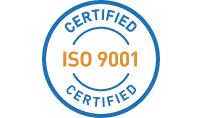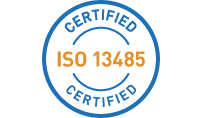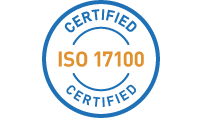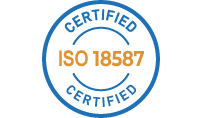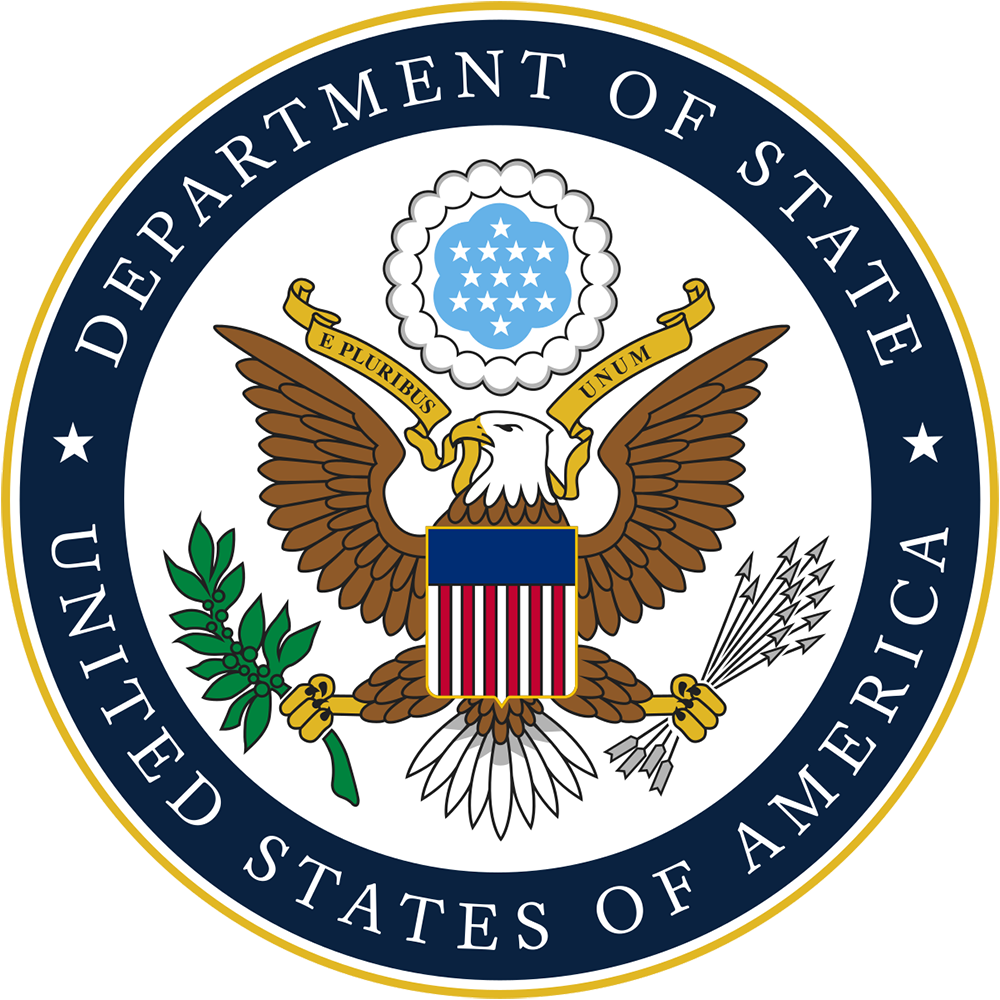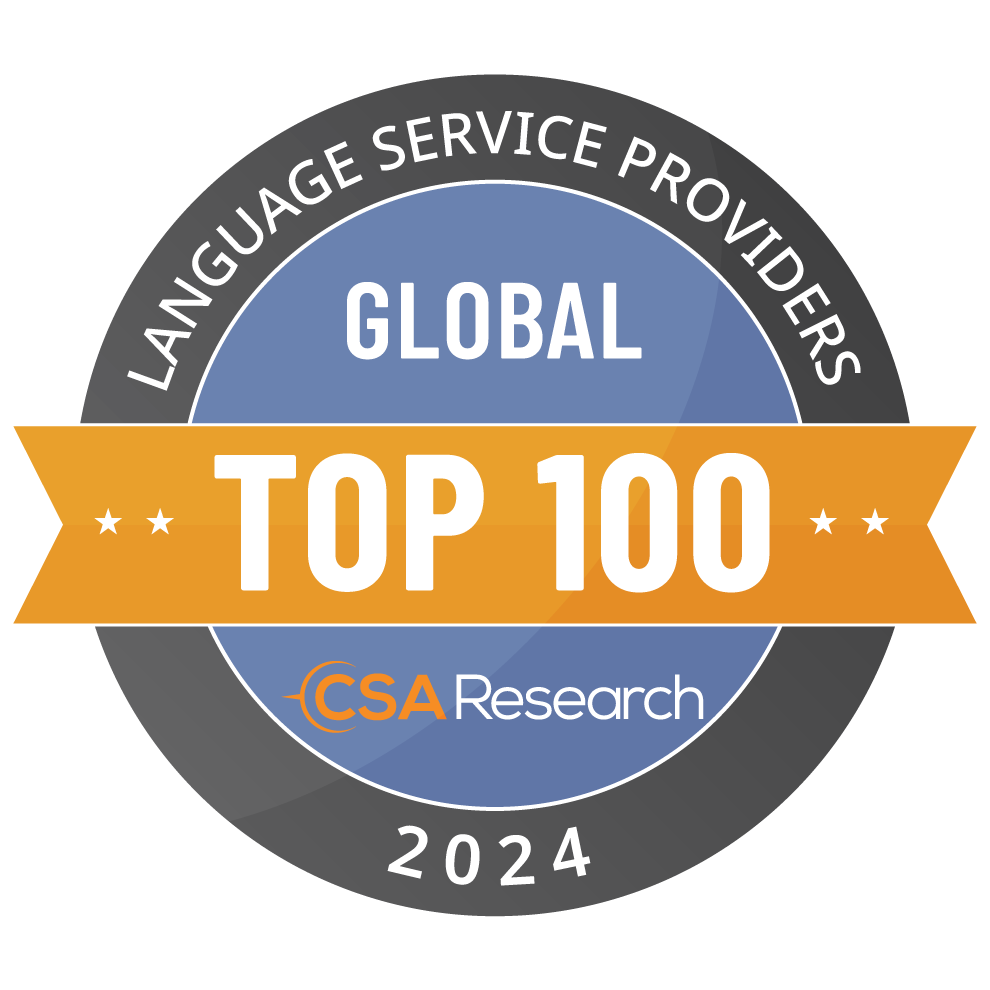
Control Your Terminology, Right out of the Gate!
Your company already has a strong, savvy localization management team. You’re happy with your translation provider and eager to bring new products and divisions under your localization umbrella. And yet…you’ve noticed something is amiss. Inconsistencies are creeping in to your materials, and budgets and timelines are being increasingly stretched by extra client-review cycles, conference calls and unexpected content adjustment across all languages. And all of that translates to extra cost, too.
How could this be happening? You and your translation services providers have access to the very latest in tools and technology. Your translation memories are constantly being updated. You are an industry leader in the use of PEMT (post-editing of machine translation). And you even have a custom-built content-management system (CMS).
A hard drive is a hard drive is a hard drive, right? Not quite!
In fact, tools are only the beginning. At its core, terminology is human, driven, developed and decided upon by the people who use it. And each context they use it in can give rise to a different concept or term. (That’s why, in many languages, there is, indeed, more than one way to say “hard drive.”) We Speak Human at MediaLocate, and we understand the importance of good terminology management in the localization process, so much so that we’ve opened a dedicated Terminology Management division.
What we do:
- Evaluate client documentation for terminology to include in glossaries.
- Evaluate client documentation for use in the creation of custom style guides.
- Assess existing client-approved glossaries and style guides against source material for potential updates.
- Establish and maintain new multilingual glossaries and style guides that are specifically tailored to client needs and fully integrate those glossaries in to existing translation memories and databases.
- Establish and maintain solid glossary and style guide updating schedules and processes.
- Work with our client-dedicated project management teams to manage terminology-related communications between MediaLocate, its resources and client-side teams.
- Provide supporting documentation of the benefits of maintaining a controlled, consistent, researched and streamlined vocabulary and style that is appropriate to each locale, as well as on tools, tips and techniques for glossary and style guide creation and maintenance.
And the sooner we can do these things for you, the better! Taking the time to set such a program in place from the beginning not only reflects terminology management best practices, but is truly the best way to avoid the headaches, budget overruns and localization lag mentioned above.
Your benefits will include:
- Reduced translation costs
- A stronger and more consistent corporate and brand identity
- Easier information retrieval
- Reduced need for additional explanatory content
- An advantage in markets where compliance with regulations is a must
- A strategic advantage in globalized, multilingual markets
In short, having updated, client-approved, dynamic reference materials will help ensure accuracy, consistency and quality in your materials. In the context of medical and life sciences translations, the terminology vetting and quality process can even be lifesaving!
Lastly, by cutting down on research and review time, terminology management increases overall productivity, reduces cost and time-to-market and greatly speeds up the localization process for all involved.
Have more questions on how to find the best linguistic support for your needs? Call us at 1-800-776-0857 to get started!
Related Posts:
Managed Authoring: Your Global Competitive Edge
When Millimeters Matter – Easy, Preventative Measures For Better Medical Translations




